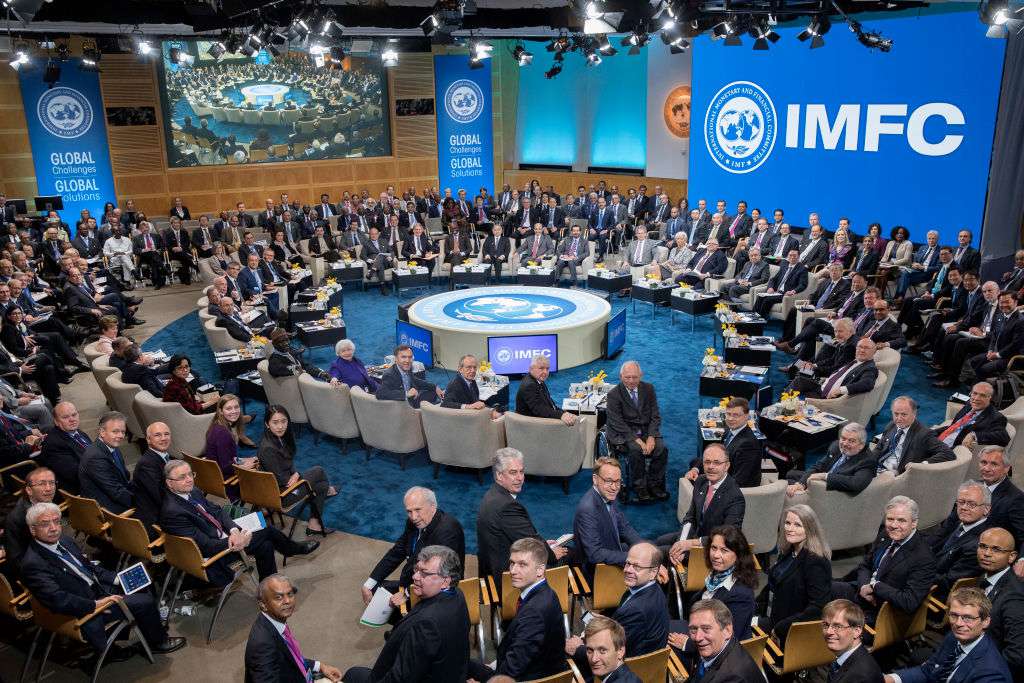The International Monetary Fund (IMF) has announced a significant reduction in borrowing costs, cutting them by up to 36% for member countries. This move, aimed at alleviating financial pressure on countries borrowing from the global lender, is expected to save nations around $1.2 billion annually.
Reduction in Charges Amid Global Economic Challenges
In a statement regarding its review of the charge and surcharge policy, the IMF cited the current challenging global environment and rising interest rates as key reasons for the cost reduction. The changes primarily target countries facing financial difficulties, and the number of nations subject to surcharges is expected to drop from 20 to 13 by 2026.
The IMF is lowering extra charges on loans while raising the threshold at which these charges apply. However, certain charges will remain in place to ensure the IMF has sufficient funds to assist countries in need and to manage financial risks effectively.
Ensuring Affordable Loans and Financial Stability
IMF Managing Director Kristalina Georgieva emphasized the dual objective of the new measures: making loans more affordable while maintaining the IMF’s financial capacity to support member countries. “In a challenging global environment and at a time of high interest rates, our membership has reached consensus on a comprehensive package that substantially reduces the cost of borrowing while safeguarding the IMF’s financial capacity to support countries in need,” she said.

The approved changes, effective from November 1, 2024, will reduce the margin over the SDR (Special Drawing Rights) interest rate, raise thresholds for level-based surcharges, lower time-based surcharge rates, and increase the thresholds for commitment fees. These measures aim to lower borrowing costs while ensuring that the IMF continues to provide essential financial support.
IMF’s Cooperative Lending Framework
Despite the reduction in charges, the IMF will continue to apply certain fees and surcharges as part of its cooperative lending and risk management framework. Georgieva stressed that these charges help cover lending expenses, build financial reserves, and incentivize countries to borrow prudently. “While substantially lowered, charges and surcharges remain an essential part of the IMF’s framework, ensuring that all members contribute and benefit from support when needed,” she explained.
A Move to Ease the Burden on Borrowing Countries
The IMF’s decision to reduce borrowing costs comes at a time when global economies are grappling with the aftereffects of the pandemic, inflation, and geopolitical tensions. As central banks worldwide, including the U.S. Federal Reserve, begin to shift away from hawkish monetary policies and lower interest rates, the IMF’s reduced borrowing costs offer further relief to countries facing economic strain.
This significant reduction in loan charges marks a crucial step in helping developing nations manage their debt burdens and navigate the complex global economic landscape.
Source: Nairametrics


















